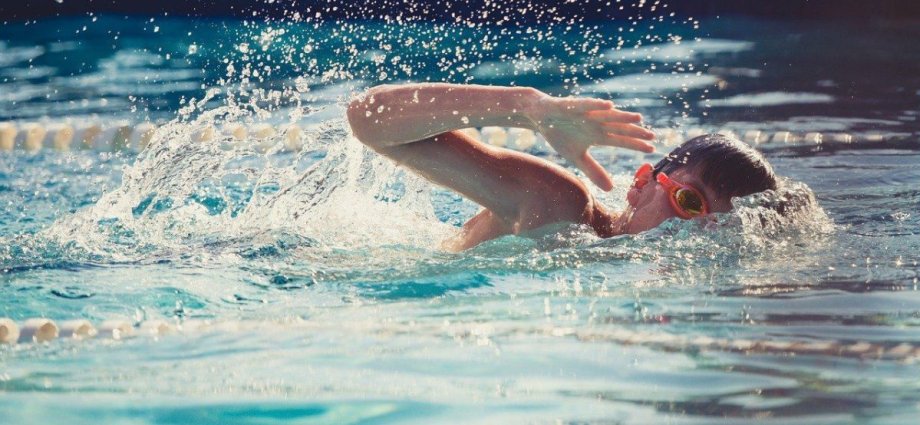One of the amazing things of swimming in open waters is that nature can be unpredictable. Unfortunately, without the correct preparations these unpredictable conditions can become a downfall for even the most experienced swimmer. We’ve put together a few useful things to remember when choosing a new swimming spot in order to make a journey to a new location as simple as possible.
- Temperature
While there are no hard and fast rules about what you need to wear when you visit an open water swimming location, a swimmer should always put their safety first. So, while nothing is stopping you going swimming wearing nothing at all, it’s going to be best for everyone that you wear appropriate clothing for the location’s conditions. For warmer waters and swimming in the summer months, entering the water in a swimming costume, sometimes referred to as ‘skins’, is going to work perfectly for these conditions. If you should choose to take a dip into the water in the winter months and in any other colder conditions, then a wetsuit would be necessary to ensure that you don’t risk your body temperature decreasing to dangerous levels. It is also recommended, should you wish to pursue cold water swimming, that you receive the necessary training to ensure you can enjoy the water safely, including breathing techniques and body heat conservation. In order to know what kind of equipment you need, it’s best to take a look at the local weather for the day as well as average water temperatures for the time of year you are choosing to visit.
2.Amenities
A huge draw for outdoor swimmers is the freedom that comes from nature, however, a cost of this is often a lack of quality-of-life facilities which many indoor swimmers may find when looking into outdoor swimming locations. Some places are fortunate to be managed by a charity, volunteers or even by the national trust, however most will rely upon nearby pubs and cafés for toilets and often a strategically placed car, bush, or tree for changing facilities. If this is a concern, always check beforehand about what is available and bring with you anything you may need including a drink, a snack and a fresh change of clothes.
3. Equipment
No two swim spots are alike, which is one of the reasons that outdoor swimming can be such an interesting hobby to pursue. Whether you choose to swim in a lake, river or even at the base of a waterfall, every location will require different things and being prepared for whichever you choose is very important to safely get the most out of your swim. Check local reviews of an outdoor swimming guide for accurate and detailed information about each location’s conditions beforehand. If you are intending to swim in a remote area, a location with high currents, or a location with low temperatures, make sure that you take the appropriate precautions and receive the proper training. Ensure to bring spares clothes, shoes, and towels with you just in case of changing weather and any unforeseen conditions, as a well charged phone in case of emergencies.
No matter where you decide to begin your outdoor swimming adventure, or whether you are a seasoned swimmer looking for a change of scenery, these tips can help you avoid any unwanted mistakes and make your trip as simple as possible.
The Outdoor Swimming Guide. Over 400 of the best lidos, wild swimming and open air swimming spots in England, Scotland & Wales











